Advertising on OTT Chat Applications
Mục Lục
What is OTT?
Before we talk about advertising on OTT applications, let’s go through some basic information for who don’t know much about this field can have a better look. OTT has a variety of applications ranging from communication, media to transportation, but within this article, in order to keep the focus, we will talk only about OTT communication applications, which are the fastest growing and the type which is most likely to applied to advertising today. OTT (over-the-top) apps are applications that allow users to communicate (text message, call) and exchange information with each other as long as they are connected to the internet and are not under control of a company or organization (eg network operator, internet service provider). There are a handful of OTT apps but in Vietnam, Viber, Zalo, etc. are the most prominent. OTT applications are a very familiar part of everyone who is using smartphones, who has these applications installed to contact friends and acquaintances. Some of the more chat-oriented applications like Skype, Google Hangouts, Facebook Messenger are actually a form of OTT application.
Popular OTT services in Vietnam
One of the reasons why such OTT applications have a vast coverage is because of the huge benefits they bring to phone users. Before the OTT services appear, if you want to call or text someone, you will have to pay for it and if you call your friends or relatives in another country, the cost is very expensive and difficult to reach. With OTT applications, as long as you are connected to the internet and the person you want to communicate with is the same, you can text, call and even send files such as photos and videos without any cost – well, actually you still have to pay for internet or 3G charges but that cost is very small compared to the cost of calling or sending SMS. That’s why the OTT services have been warmly welcomed by users and quickly gained popularity. In addition to the basic features such as calling, messaging, some apps have features that allow you to search and make friends by location, play games, create personal profiles, and more.
The OTT battle in Vietnam
One of the first chat applications in Vietnam is Ola, which was born in 2007, on the Symbian operating system and had gradually became more popular with young people in the following years. In mid-to-late 2012, WeChat was the most popular application because of its usability. At the same time, some other OTT applications started landing in Vietnam such as Viber, Kakaotalk, Line and began their massive promotional campaigns. VNG’s Zalo also came out in August 2012, however initially there were inappropriate orientations so it did not attract users like foreign applications. At the beginning of 2013, WeChat was found having the cow-tongue map (related to Vietnam-Chinese conflicts) which resulted in the application being boycotted by Vietnam users and have since lost the throne. Viber took that position and became the king in the number of users, followed by Line and Zalo, KakaoTalk. Zalo had gradually changed to provide better service wit a simpler interface, thus should gradually gained the user sympathy.
The current user battle in Vietnam is led by two main players, Zalo and Viber
By mid-2014, the OTT war in Vietnam was only about the race between Viber and Zalo. From around the beginning of 2014 until the middle of the year, the service quality of Viber for some reason became more unstable than before. This caused a large number of users who got upset and started using Zalo. At the same time with strong advertising campaign from VNG, Zalo gradually dominated in Vietnam compared with other competitors from mid to late 2014. Beetalk, a new OTT application entering the Vietnamese market as of February 2014, also started with aggressive publicity campaigns and a community-oriented interface, and initially had a certain number of users but not yet able to breakthrough other applications. In April 2014, BKAV unexpectedly launched Btalk with the desire of replacing Viber, which aroused the public opinions for some time but later found no further mention.
OTT applications initially caused damage to network operators and services as users switched to using OTT instead of SMS or regular phone service whenever possible. Those network operators and services initially sought ways to hinder the development of OTT applications but later realized that they could not change user trends and began to invest in developing infrastructure to serve the OTT better. Some network operators even had their own OTT service with their own offer to customer. In Vietnam, two of the three biggest operators have launched their OTT applications: Viettalk from Vinaphone (Android, iOS and Windows Phone) and Mocha from Viettel (currently for Android only), and Mobifone is also likely to launch an application in the future to not get left aside in the race.
Advertising on OTT applications
For an OTT application, there are now the following major monetization types:
– Advertising: Gaining profit by providing forms of advertising for partners to users using OTT services. For example with Zalo, with about 500 million, you can spend it to use for Sticky Message to advertise to its current 20 million members (or with the CPC of 3,000 VNĐ / click).
– Service package: profit from the sales of additional services within the OTT application to the service users. For example with Viber, you can pay to buy extra stickers.
– OTT –based aplications: OTT applications are now becoming a platform on which game developers can create applications such as games, services, and sell to users and they will benefit from the sales. For example, KakaoTalk has games that users can install to play (or can be downloaded from the App Store or Google Play, but KakaoTalk is required to play).
Advertising on OTT applications is still in the early stages and there are not many standards and are not being utilized much by the brand. Of the outstanding OTT applications in Vietnam today, only a few allow for advertising on it. Let’s also take a look at these apps:
1. Advertising with Zalo
Owning the OTT application with the largest number of users in Vietnam, VNG does not ignore the opportunity to use Zalo as a platform to make money from advertising. Currently, the main advertising formats on Zalo include the following:
Zalo sticky message – in the form of CPC or by date
+ Sticky messages: send a message to all Zalo users (~ 20 million users) and this message will lie stickily on the top of the user message until it is clicked (counted as one click). This ad format has 2 forms of payment: daily purchase with a price of 500,000,000 VND / day (up to 3 days) or a CPC of 3,000 / click (unlimited time). Sticky ads will also create a push notification to notify users. This is a form of advertising with extreme visibility and exposure, resulting in huge traffic and clicks, but it’s unclear how effective or what is the conversion rate. A recent case, according to what the author knows, is that a huge E-commerce website using this ad format in a single day gain more than 1 million visits from Zalo and the number extends to several days later. Forgetting the quality of traffic or how many purchase are made, the CPC is quite good.
Hot pages displayed randomly at the top of the Zalo page
+ Hot pages: promote Zalo Page randomly (up to 6 pages) on top of Zalo Page pages. If the ad slot is empty, some Zalo page sites will not even need to pay money to be able to appear in this position if they have connection to Zalo, are VNG product pages, or are the most active in the past week. The cost is charged by week: 30,000,000 VND / week.
The Zalo page is displayed on top of other pages when the user opens the category page
+ Pages in category: Allows the Zalo Page of the brand to be displayed on the top of other Zalo pages when the user opens the category page. The list of pages will be sorted in order depending on which page has the most recent activity or randomly. Just like the hot pages, if the ad slot is empty, Zalo-linked pages, VNG product pages, or most active pages will appear. The cost for this service is 5,000,000 VND / month.
However, in addition to these usual advertising methods, now Zalo users may occasionally be affected by some types of spam advertising as below. All these types of messages are automatically sent in bulk by spam software and not only Zalo but other popular OTT applications such as Viber, Skype, and Line are suffering from this situation.
Zalo spam messages sent by automated programs.
* Comments: It can be seen that except sticky message with the highest potential of reach, the remaining two advertising services on the OTT of Zalo are not attractive at all especially when Zalo Page is not the strength of Zalo and the number of following users is still poor.
2. Advertising with LINE
It is also one of the most popular OTT applications in Vietnam, and anyone using this app will receive at least 1 to 2 pop-up ads a day from LINE itself or its partners (like LAZADA). LINE has offiicial accounts, which are similar to Zalo’s Page where brands can post information related to their services. LINE users can add those brands and become a follower. After becoming a follower, all updates from the brand will be displayed and notified to users in form of pop-ups and push notifications.
LINE Official Accounts for brands to reach users on this OTT application
Currently LINE does not accept paid forms from brands for advertising on this app but focusing on partnership to provide benefits to LINE users. For example, LINE associates with Lazada to regularly have good daily deals discounted only for LINE users -> increasing the number of users for LINE. LINE also cooporates with some other sales websites to update the good price products in the LINE SHOCKING PRICE account. LINE is currently promoting cooperation with e-commerce vendors and will soon expand to other areas.
LINE cooporating with partners to bring benefits to users of this app
* Comment: To advertise with LINE, you now need to contact the application directly to request to create an Official Account and if possible, become a partner. LINE does not accept money from partners for advertising but only use partnership to expand or benefit the community.
3. Advertising with Ola
Many people will be surprised to find Ola here as this is a chat app that is often not appreciated but in fact it is still one of the most popular OTT applications especially among young people in Vietnam. On the Google Play Ola download page, the app currently has more than 1 million downloads, a rare number that not all applications can do. Ola also has some forms of advertising which are somehow different from other OTT applications.
Ola is a popular chat application among young people and focuses on entertainment.
Using Ola, you will be able to regularly see the ad templates appear in the bottom when using the chat room service or on the newsfeed of the application. These ads are at first glance similar to Facebook ads as users may Like ads or click to see profiles or call the set-up phone number.
Advertising on Ola users’ newsfeed .
You can easily create ads on Ola by going to the Create Ad section in the main console. Here you can create ads: AdMe (ads on users’ newsfeed) or AdRoom ads (ads in the chat room area). In the ad creation interface, you can manage ads that have been created and saved, as well as create and post new ads.
Management interface for ads created on Ola
When creating a new Ola ad, you will be able to choose an image, title, and description for the ad. For each ad you can create commands to allow users to interact with their ads. There are four types of commands: Call (calling to a set up phone number), View Me (Viewing the set up profile), Like (users can click to like the ad), Note (which leads to a set up note / status) but users can only select 3 interactions for 1 ad. In the Advanced settings section, you also have the options to have your ads appear on Android, iPhone, Windows Phone, or J2ME (Java – for old-school phones). The ad will then be reviewed by Ola and will start running once it has been verified.
Creating ads and options.
Ola also gives the advertisers some basic information about running the ad with metrics like View, Click, and Like. Visit the “Histogram” section of each ad for a report on the effectiveness of that ad.
Basic performance indicators for Ola ads.
To advertise on Ola you do not need a bank account or debit, credit card but just buy a phone scratch card (minimum 10,000 VND), import it into your account then you can already start running ads.
Paying for advertising on Ola by recharging your phone card.
* Comment: The ads on Ola are still very preliminary and lack of professionalism, the rather complex Ola community will be a barrier to many brands when reviewing ads on this application. However, Ola may be particularly suitable for some advertising goals such as mobile games or sales with products targeted to teenagers.
4. Advertising on Skype
Skype is one of the most popular chat applications in the office class today, almost everyone who is working also has to use Skype and chat daily with customers or with friends. Having used Skype, you are no stranger to the banner ads that appear in this application recently.
Banner advertising Skype in the chat interface
1. The ad placements that can usually appear include:
– On the right of the chat screen with contact or group (300 × 250 or 300 × 600)
– Top of the chat screen with contact or group (715 × 90)
– The right side of the Skype Home screen (300 × 250)
– Outside the contact list of the mobile application Skype (320 × 50) ~ currently not supported.
– On the right side of the screen when calling with Skype (300 × 600) ~ currently not seen here
Ads forms can be either still images, animated images, or interactive form (html, flash). Other sizes can be found in the Media Kit file.
2. Audience of Skype in Vietnam
According to the Microsoft Report, currently in Vietnam there are about 3.6 Million Unique Skype Users. Of these, females account for 49% and males take 51%. The highest age group was between 15-24 (41%), followed by the 25-34 age group (37%), the 35-44 group (13%), the fourth group is 45 -54 (7%) and the remaining 55+ (2%).
(Details can be referred in the Vietnam Audience Deck file)
3. Ad Placement: for Vietnam it is currently only available for advertising on PC, not yet for for mobile. It will appear in the future.
4. Targeting: Skype allows targeting audience based on demographic (age gender). Geographic (by province location) is not currently supported officially from Skype.
5. Booking: only CPM. Budget is at least $ 7,500 / 4 weeks or $ 10,000 / 6 weeks. See rate card for more details.
To run ads with Skype there are now four ways:
- Through retargeting services such as Criteo, Adroll, Adnxs (and many others). Benefit: Running ads through these services, it is available for selecting geographic and other targeting options without a large budget required. Disadvantage: Not sure if the ads will appear on Skype.
- Through a number of DSP services. In theory, DSPs can also run ads for Skype if they have a service connection, but until now only Ureka’s DSP is seen to be running, MicroAd is not. Ureka Media has a dedicated Skype package.
- It is now known that Moore and MicroAd offer this service (purchased through parent company in Japan and resold). Should also be an option. Benefit: definitely appear on Skype. Disadvantage: the price is high, budget is high, the ability to target is limited.
- Contact Microsoft directly (http://advertising.microsoft.com/en/skype). However, direct contact from Vietnam does not seem to be responded (I tried). If you are a from a MNC, it will be easier to get help from a regional / international contact.
Download price information of Skype:
https://drive.google.com/file/d/0B5GaMpUOvWI1aGlLeTA4MlJRRjA / view? Usp = sharing
It seems that you need a relatively high cost to afford advertising on Skype
* Comment: There is still a long way on stating how effective the ads will be from Skype, but according to the author, this could be a channel with a lot of potential because users interact and use for a pretty long time, similar to Facebook.
OTT – More than just chat applications
The trend is not only to use a single OTT application but to use many OTT applications simultaneously. In Vietnam almost anyone with Zalo installed may have installed Viber (and possibly Line, Kakaotalk, etc.) as long as it’s easy for them to contact their friends because each of their friends can use a different OTT application. This shows that the OTT war is not just about the number of users, but also about performance and features. With a large number of users, OTT applications appear more like social networks than regular phone applications and that OTT becomes a new platform for social networks in the future is absolutely possible.
This is quite evident when some OTT applications are turning themselves into a social platform that will have more things for users to interact with. For example, there are now OTT applications like KakaoTalk, LINE, Ola, WeChat on which players can play games only on these platforms. In the future, OTT applications may someday evolve into separate platforms like Google Play or an App Store with programmers developing applications and games and gaining revenue from them. .
OTT applications becoming the platform for game development and application is an indispensable trend.
Some applications choose to develop user-oriented and social content such as BeeTalk. By setting up user communities in different content orientations, will BeeTalk succeed in building a user ecosystem with Forums and Clubs?
BeeTalk develops content-oriented for users with Forums and Clubs.
Taking these aspects into consideration we can see that the opportunity to reach users from OTT applicants is vast. Someday in the future we will be able to advertise on applications installed on the OTT platform as we do with today with Android or iOS apps. Or we could implement seeding on popular forums and communities on OTT ecosystems. Or we will develop content marketing to take care of OTT pages as we do with Facebook, Linkedin or Twitter.
Whether all of the above is true or not depends on the development trend of OTT applications and whether they become trendsetting tools. In the next few years we will see a lot of changes which will surely be very fascinating.

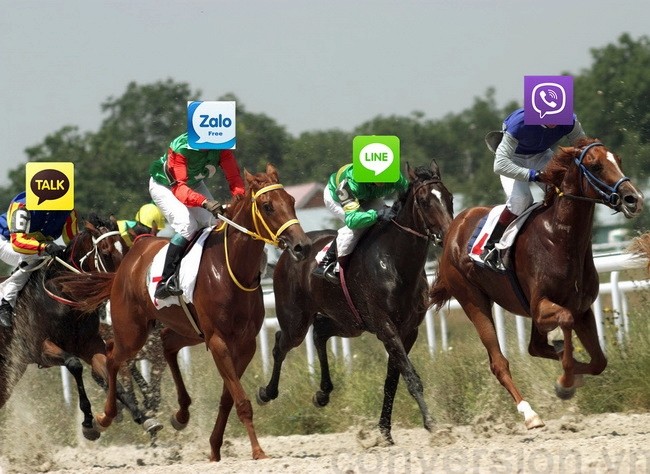

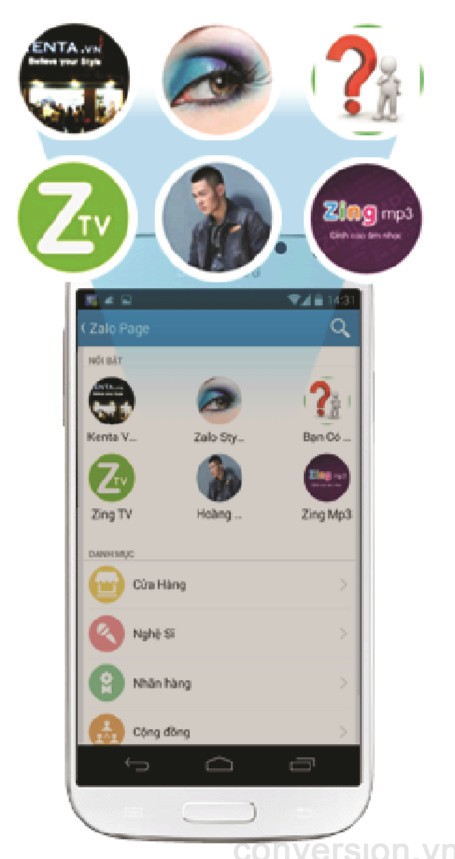

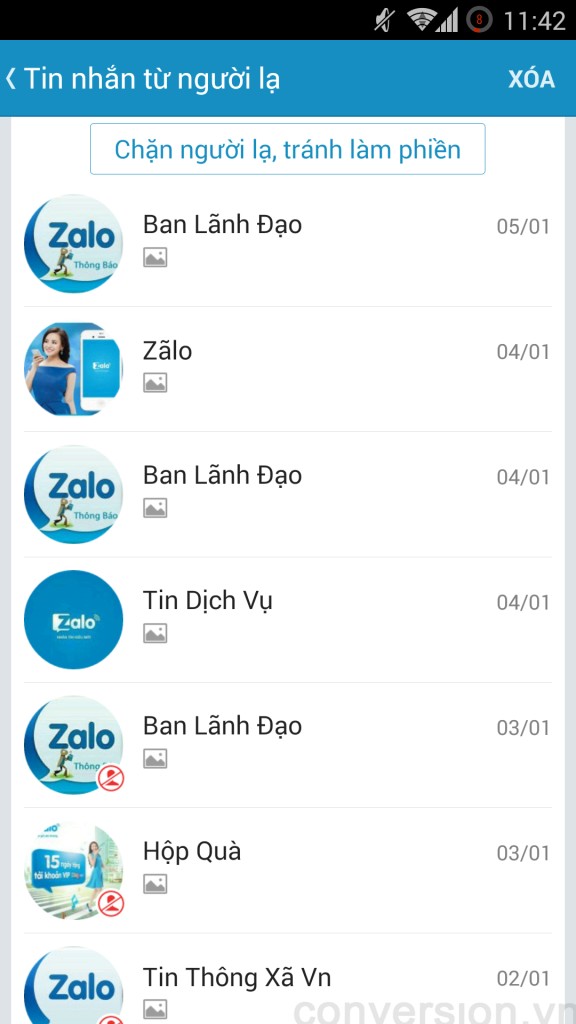
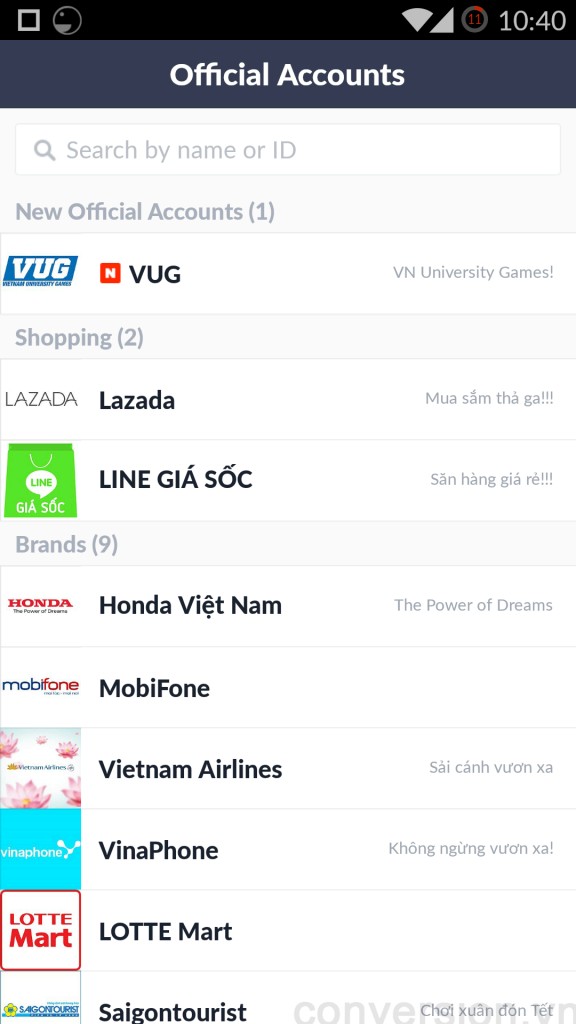

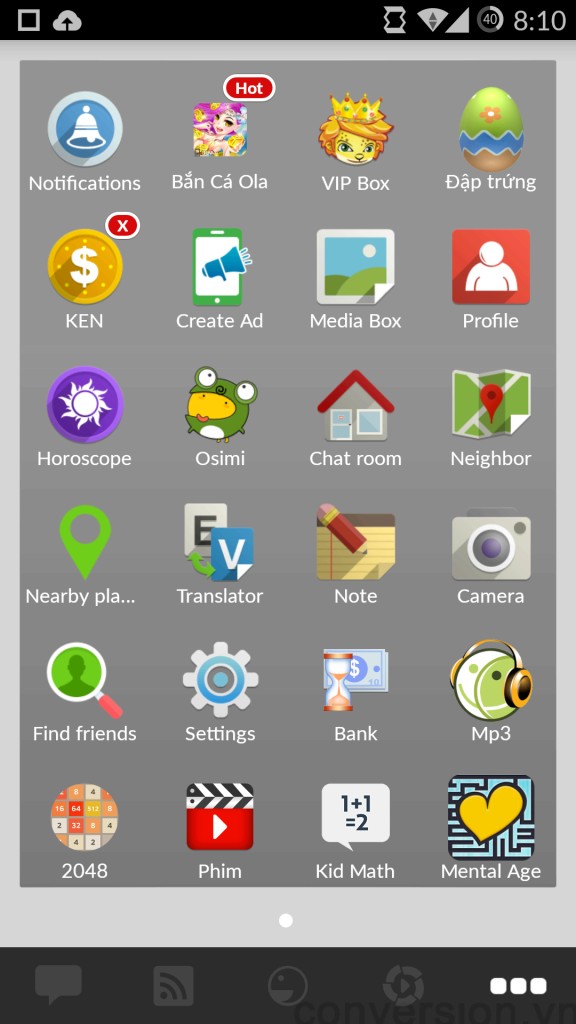

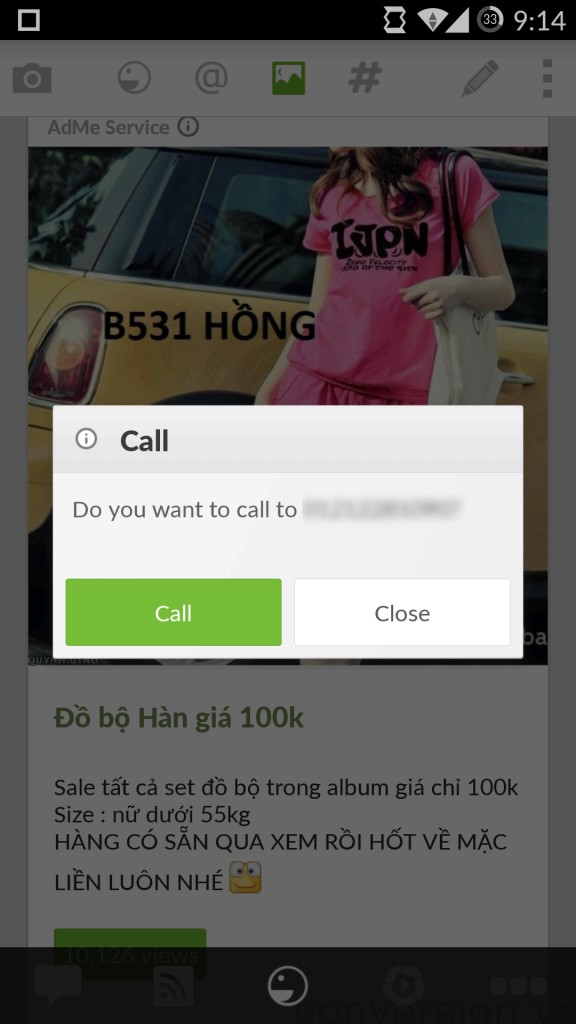
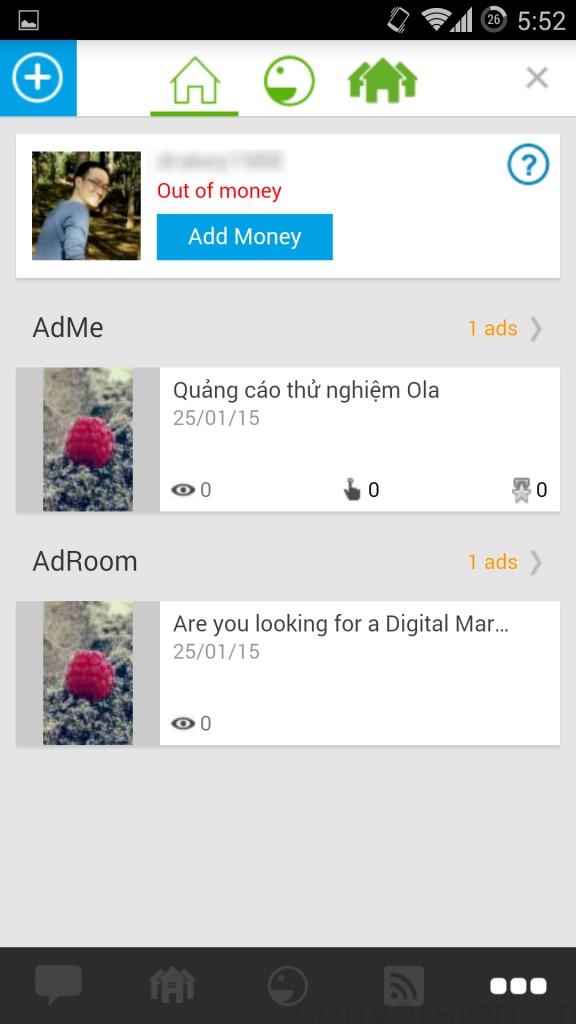




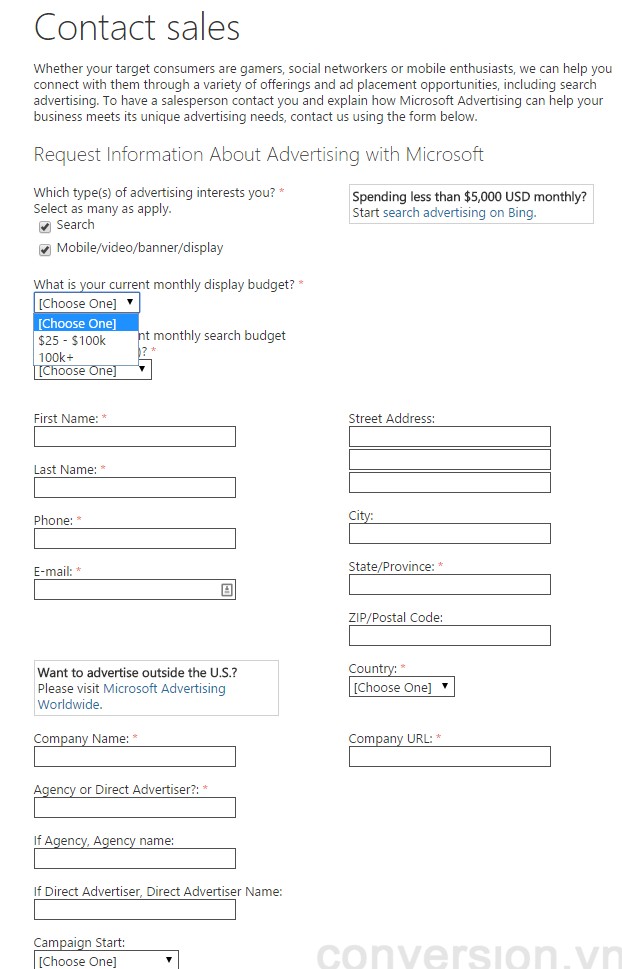
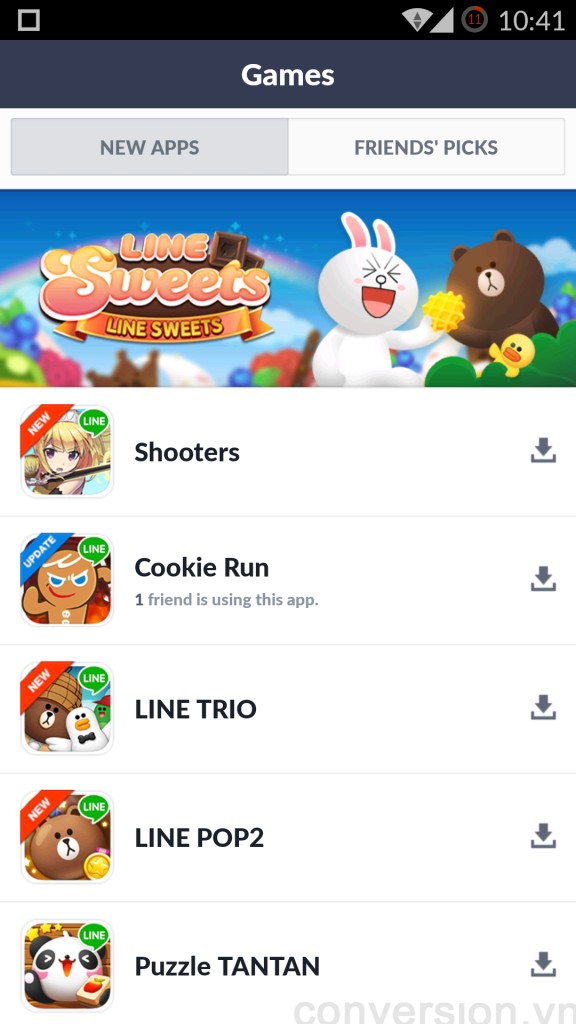




 Vietnamese
Vietnamese English
English